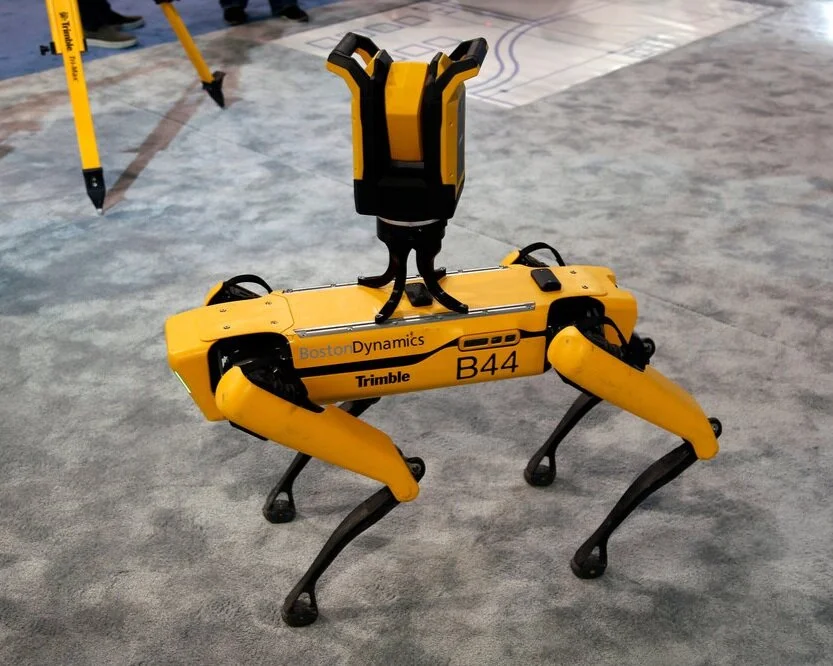Can Anyone Stop the Illegal Pet Trade?
/International authorities have finally begun cracking down on the illegal trade in exotic pets, a $20 billion a year industry that wreaks havoc on local ecosystems while posing a huge health threat to animals and humans alike. Last July, INTERPOL teamed up with the World Customs Organization in a coordinated global bust of animal traffickers across the globe, arresting over 600 suspected traffickers while rescuing thousands of trafficked animals, from snakes, turtles, and birds to bears and lions.
Similar busts were carried out in 2017 and 2018 but the latest sting operation, dubbed “Operation Thunderball,” was the largest and most successful to date.
The traffic in exotic pets is only one part of the $200 billion wildlife trade industry, most of it legal. Nations in Africa and Southeast Asia especially sell animals raised in captivity to zoos and as well as animal skins to wholesalers (e.g. leather) and body parts o scientific laboratories. An international treaty signed in 1973, the Convention on International Trade in Endangered Species of Wild Fauna and Flora (CITES) is supposed to monitor and regulate the trade through diplomatic coordination and intelligence sharing.
But few countries have enough inspectors available to provide effective enforcement at points of entry. On-site monitoring is so lax that many traffickers can operate with virtual impunity. And in recent years, the wildlife trade has begun flourishing online, in a regulatory gray area, making regulation even more difficult.
That means even the legal wildlife trade often exceeds established limits while the illegal trade is barely noticed unless a special global-wide effort is made to go after trafficking rings based on months of intelligence gathered from local sources, including former traffickers turned informants.
Unlike the legal trade, most illegally trafficked animals aren’t bred in captivity but are simply captured in the wild and then shipped clandestinely — usually to the United States, Europe and Asia where the biggest consumer markets are.
There are several serious problems associated with the illegal wildlife trade. One is that the vast majority of the animals trafficked (as many as 80%, depending on the species) die in transit, largely because of the cruel ways they are shipped, ostensibly to avoid detection. Many animals are drugged and stuffed in suitcases for hours and even days with no food or water and little if any air to breathe.
Another is that the purchasers are usually impulse buyers who have no idea how to care for their new pet, especially as it grows beyond its original size. In a majority of cases, owners end up dumping their exotic purchases into the outdoors where they often survive to become an “invasive species” that mates with other wildlife and disrupts local eco-systems.
One of the most notorious examples is the Burmese python, which has come to dominate large swaths of the Florida Everglades, displacing other reptiles. Florida authorities are engaged in a massive effort to capture the pythons and repopulate the area with its “natural” predators. Exotic pets can also pose a major health hazard to humans because of the germs and diseases they carry. In a few highly publicized cases, dozens of people have fallen ill and died due to illnesses traced to illegally-obtained exotic pets.
The range of animals being captured for the illegal pet trade is truly phenomenal. It includes dozens of reptile and amphibian species as well as lions, bears, monkeys, exotic anteaters known as pangolins, and birds, especially parrots. It also includes a plethora of prized plant species as well as animal skins and ivory tusks, primarily from elephants.
Can the illegal trade in wildlife really be stopped when the demand is so high and ever-growing? It’s already become one of the world’s most lucrative illegal businesses, constituting the third-largest illicit trade globally, second only to illegal drugs and firearms. And the three forms of illegal trade tend to overlap because they often rely on the same transshipment points and trade routes as well as illegal financing mechanisms. One in-depth investigation has revealed the distinct patterns that characterize the illegal pet trade. For example, Asia’s illicit wildlife market – based largely in Japan but increasingly in China – is fueled by animals originating in East, Central and Southern Africa. By contrast, consumers in Europe and the United States typically receive their pets from South America, Eastern Europe, the Middle East, and North Africa.
As with illegal drugs, there is also a wide range of participants or stakeholders in the trade, including poachers and farmers, tourism guides, and local government officials on the take. The more the illegal trade becomes interwoven into the daily economies of poor and dependent nations, reinforced by bribes and government corruption, the harder it is to root out.
The latest global bust, like the previous two, was meant to send a signal to traffickers. In fact, these operations have barely made a dent in their operations – at least so far.
Even when caught, few traffickers serve time in prison for their crimes. Often they receive a hefty fine, which they pay, before simply turning around and resuming their lucrative operations.
RELATED ARTICLES
Illegal Wildlife Trade (worldwildlife.org)
Africa: There Are No Winners in the Illegal Trade in Wildlife (allafrica.com)
Illegal Wildlife Trade (fws.gov)
Animal Trafficking: The Wildlife Trade You Don’t Want to Believe Exists (sentientmedia.org)


















